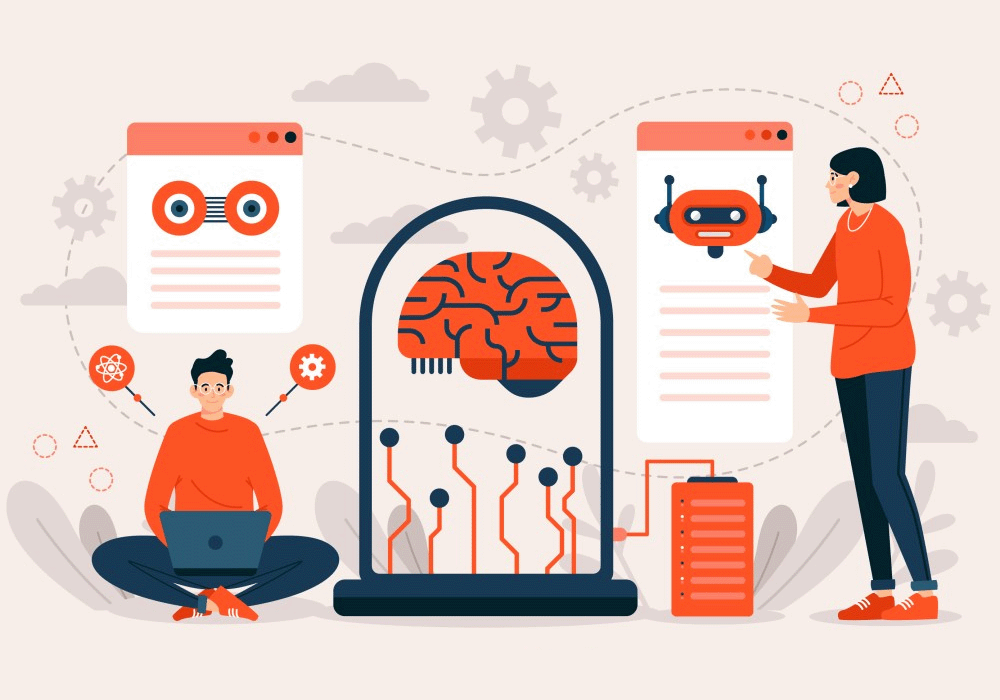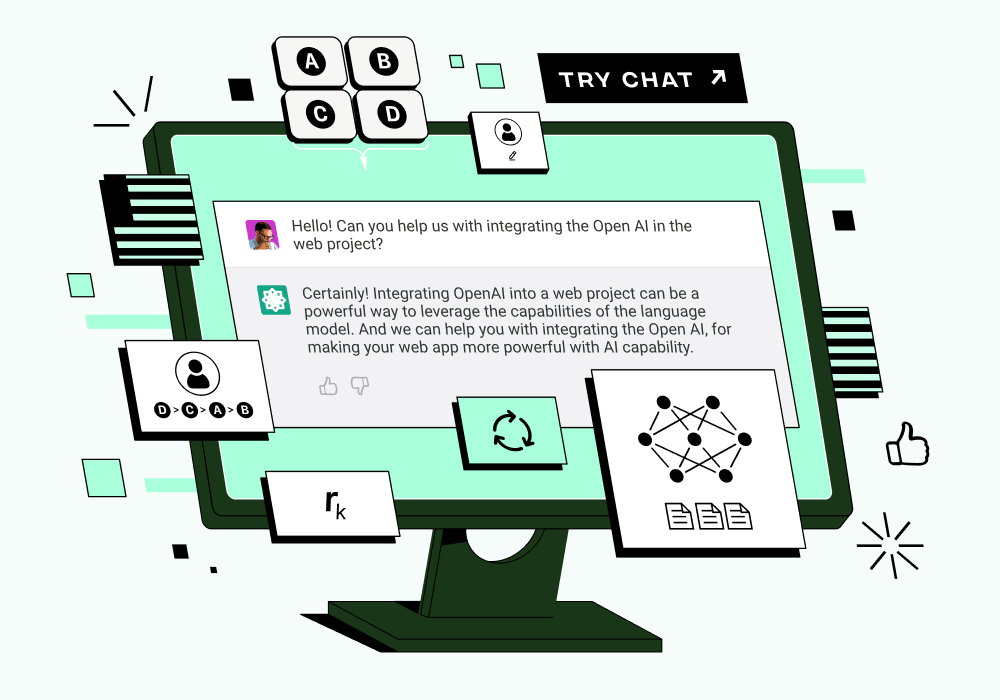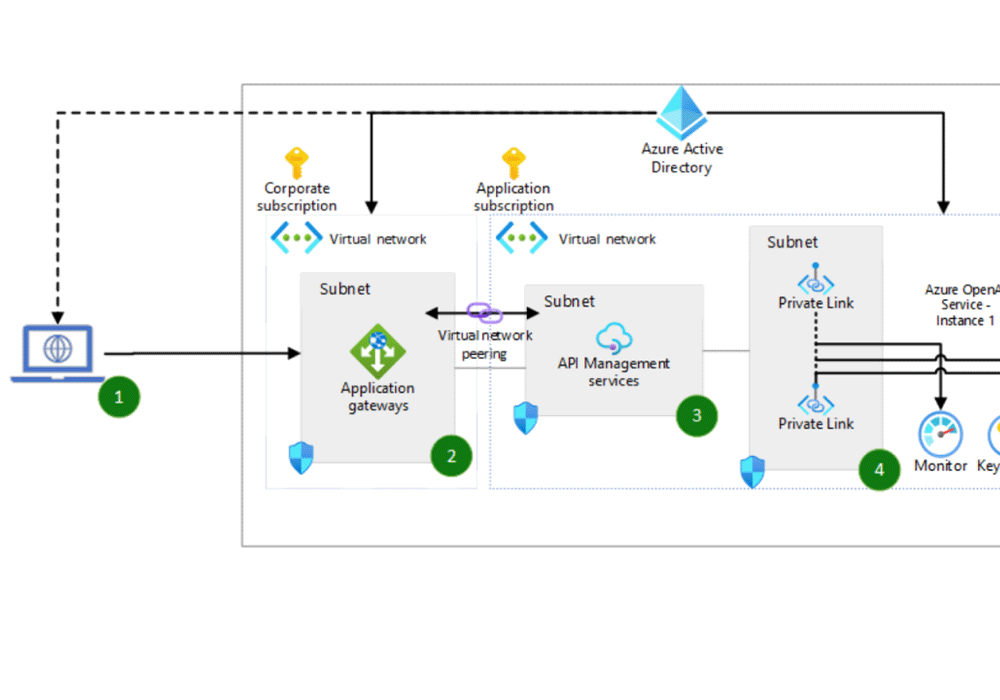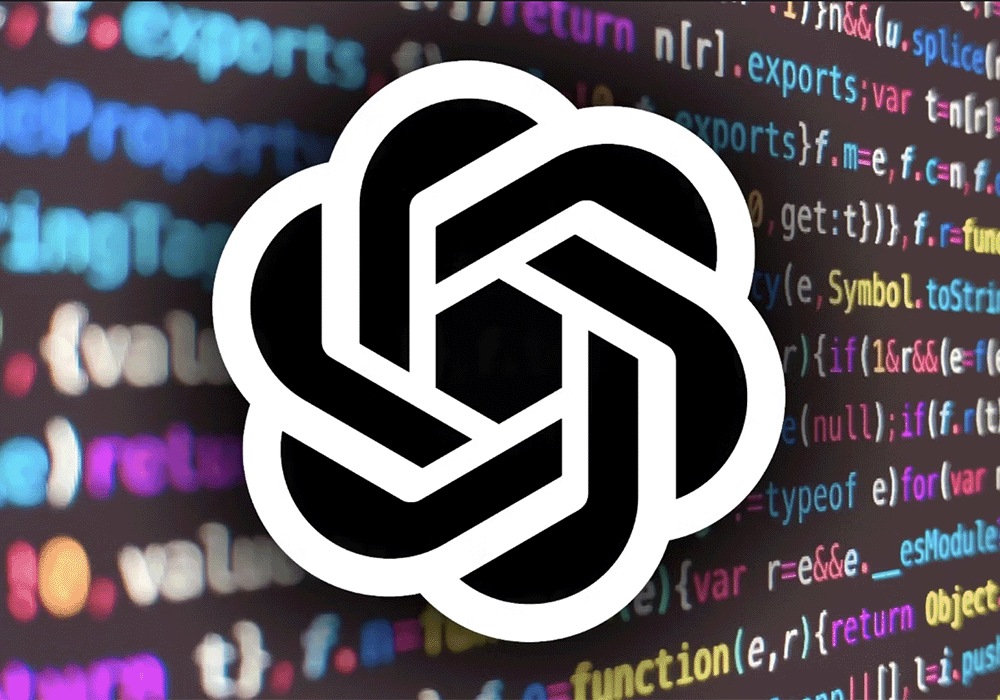In the ever-evolving field of artificial intelligence, OpenAI has emerged as a trailblazer, transforming from a niche player to a mainstream powerhouse with the help of effective design strategies. With a focus on user-centric design and intuitive interfaces, OpenAI has successfully bridged the gap between advanced technology and everyday users.
This article delves into the pivotal role that design has played in OpenAI's journey to mainstream adoption. Through meticulous research and user testing, OpenAI has optimized its interfaces for seamless interaction, making complex AI systems more accessible to a broader audience. By prioritizing simplicity and creating visually appealing experiences, OpenAI has fostered trust and credibility in the AI community.
The Role Of Design In OpenAI's Transformation

Design has been a key driver in OpenAI's transition from a niche player to a mainstream powerhouse. It has allowed OpenAI to effectively communicate complex AI concepts to a broader audience, making their technology more approachable and user-friendly. By investing in design, OpenAI has broken down the barriers between advanced technology and users, resulting in wider adoption and increased trust.
OpenAI understands that design is not just about aesthetics; it's about solving problems and enhancing user experiences. By integrating design thinking into its development process, OpenAI has created intuitive, efficient, and visually appealing interfaces. By understanding their users' needs and pain points, OpenAI has been able to design solutions that meet and exceed their expectations.
Design Principles Adopted By OpenAI

OpenAI has adopted several design principles that guide its approach to creating user-centric interfaces. One of the key principles is simplicity. OpenAI understands that complex AI systems can be overwhelming for users, so they strive to simplify the user experience as much as possible. By removing unnecessary complexity and focusing on the core functionalities, OpenAI ensures that users can easily navigate and interact with their AI systems.
Another important design principle at OpenAI is clarity. OpenAI recognizes that clear communication is essential for users to understand and trust AI systems. They use clear and concise language in their interfaces, avoiding jargon and technical terms that might confuse users. By providing clear instructions and feedback, OpenAI ensures that users can easily understand the purpose and capabilities of their AI systems.
Design Thinking Process At OpenAI

OpenAI follows a design thinking process that allows them to understand their users' needs and create solutions that address them effectively. The process starts with empathizing with the user's deep understanding, pain points, and challenges. OpenAI conducts thorough research, including user interviews and observations, to gather insights that inform their design decisions.
Once OpenAI understands its users' needs, they move on to the ideation phase. This is where they brainstorm and generate ideas for potential design solutions. OpenAI encourages a collaborative approach, involving designers, developers, and other stakeholders in the ideation process to ensure diverse perspectives.
After generating ideas, OpenAI moves on to the prototyping phase. They create low-fidelity prototypes that allow them to test and iterate on their design concepts quickly. OpenAI believes in the power of rapid prototyping to gather feedback and make improvements early in the design process.
Once OpenAI has a refined prototype, they begin the testing phase. They conduct user tests to evaluate the usability and effectiveness of their designs. OpenAI carefully listens to user feedback and makes necessary adjustments based on the insights gathered during the testing phase.
Case Studies Of Successful Design Implementations At OpenAI

OpenAI has implemented several successful design strategies that have propelled its transition from niche to mainstream. One notable case study is the redesign of their AI writing assistant, GPT-3. OpenAI recognized that the previous interface was overwhelming for users, so they focused on simplifying the user experience. They introduced a cleaner and more intuitive interface that allowed users to interact with GPT-3 more easily. This redesign resulted in increased user engagement and positive feedback from users.
Another case study is the design of OpenAI's chatbot, ChatGPT. OpenAI understood that natural language processing can be challenging for users, so they prioritized clarity in the design. They used conversational UI patterns and provided clear instructions to guide users through the interaction. This design approach made ChatGPT more user-friendly and accessible, leading to widespread adoption and positive user experiences.
The Impact Of Design On OpenAI's Branding And User Experience

Design has had a profound impact on OpenAI's branding and user experience. OpenAI's commitment to user-centric design has helped it establish a strong brand identity associated with simplicity, clarity, and trust. Through their visually appealing interfaces and intuitive interactions, OpenAI has fostered a positive user experience that has contributed to their growth and success.
By prioritizing design, OpenAI has also differentiated itself from competitors in the AI industry. Their focus on creating accessible and user-friendly interfaces has made them a preferred choice for users who want to interact with AI systems without feeling overwhelmed. OpenAI's design-driven approach has helped them build credibility and trust in the AI community, positioning them as a leader in the field.
Challenges Faced During The Design Transition

While design has played a crucial role in OpenAI's transformation, it has been challenging. One of the main challenges OpenAI faced was balancing simplicity with the complexity of its AI systems. Designing interfaces that are easy to use while providing access to advanced functionalities requires careful consideration and iteration. OpenAI had to find the right balance to ensure that users could interact with their AI systems effectively without feeling limited in their capabilities.
Another challenge was the iterative nature of design. OpenAI had to constantly gather user feedback and iterate on their designs to improve the user experience. This required a flexible and agile design process, allowing quick iterations and adjustments. OpenAI had to invest in resources and infrastructure to support this iterative approach to design.
Lessons Learned From OpenAI's Design Journey

OpenAI's design journey has taught them valuable lessons that can be applied to other businesses looking to transition from niche to mainstream. One of the key lessons is the importance of putting users at the center of the design process. By understanding their needs and pain points, businesses can create solutions that resonate with users and drive adoption.
Another lesson is the power of simplicity in design. Complex technology can be intimidating, so simplifying the user experience can significantly affect adoption and user satisfaction. Businesses should strive to remove unnecessary complexity and focus on the core functionalities that provide value to users.
The Future Of Design At OpenAI And Its Continued Role In Driving Success

Design will continue to play a crucial role in OpenAI's future success. As OpenAI develops advanced AI systems, design will be essential in making these systems accessible and user-friendly. OpenAI will continue to invest in user research, testing, and iteration to ensure that their designs meet the evolving needs of their users.
Additionally, OpenAI sees design as a strategic advantage that sets them apart in the competitive AI landscape. They will continue prioritizing design and user-centricity as they expand their product offerings and reach. OpenAI understands that design is not just a one-time effort but an ongoing process that requires continuous improvement and adaptation.
In conclusion, design has been instrumental in OpenAI's journey from a niche player to a mainstream powerhouse in the AI industry. By adopting user-centric design principles, following a design thinking process, and implementing successful design strategies, OpenAI has bridged the gap between advanced technology and everyday users. The design has enhanced OpenAI's branding and user experience and positioned it as a leader in the AI community. As OpenAI looks to the future, design will continue to drive its success and enable it to shape the future of AI.








